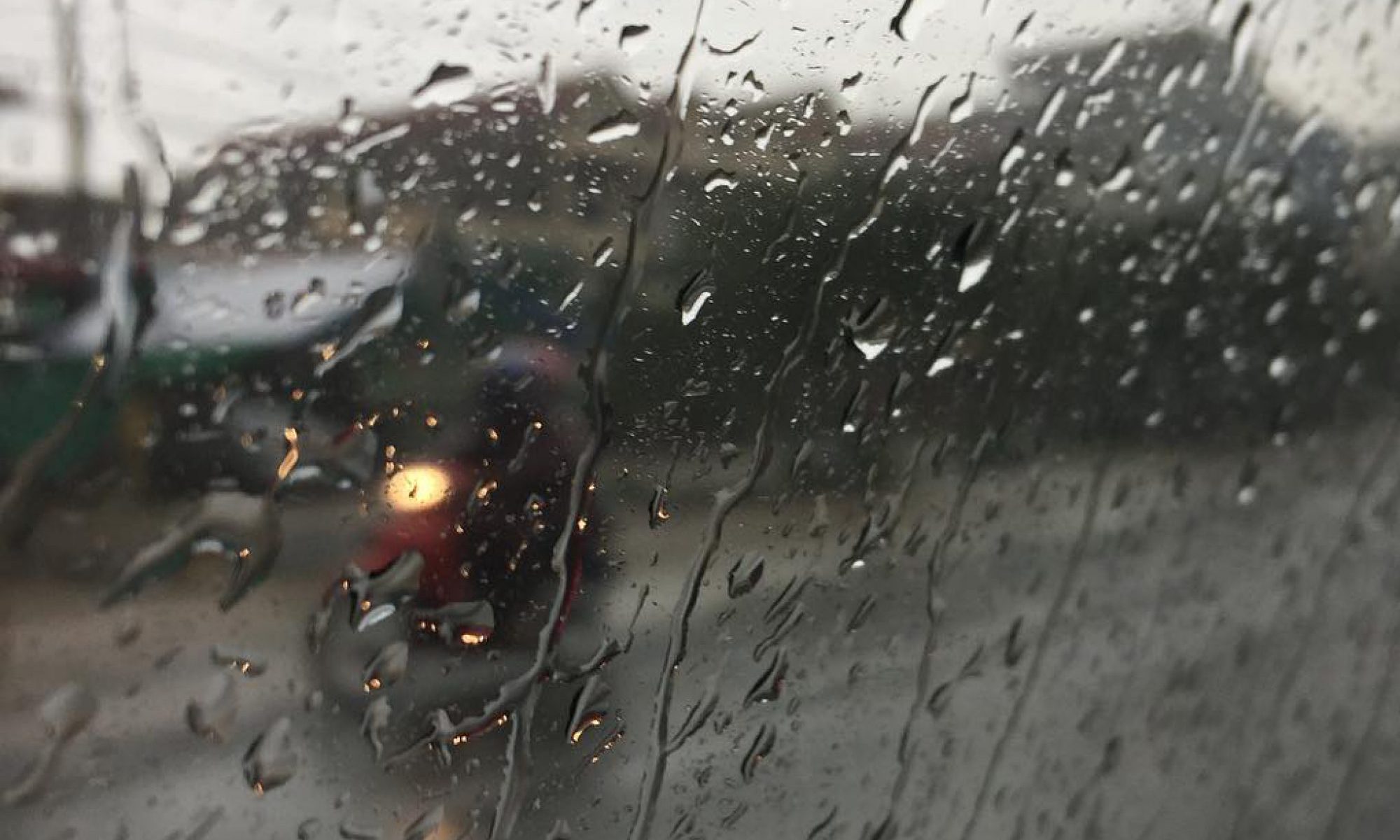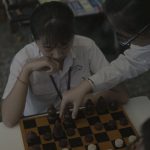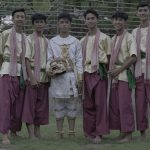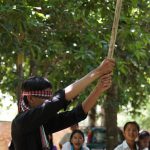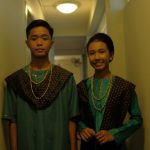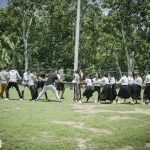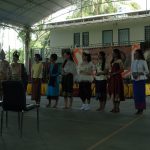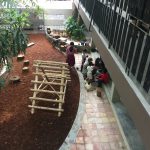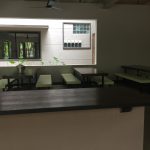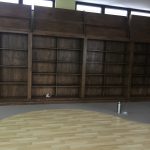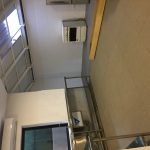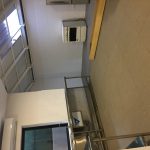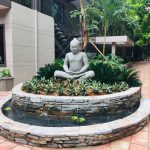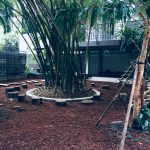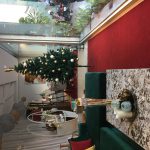Society believed that only men can become an engineer, even in the contemporary world. However, Lillian Moller Gilbreth has proved that wrong; known as “The First Lady of engineer”, she has positively influenced the world.
Lillian got raised in an unconditional family at Oakland, California, with eight other siblings. She had a timid and introverted characteristic, which made her confronted so many difficulties in interacting with other people. Since those were parts of Lillian’s personalities, her parents didn’t allowed her to attend primary school until she reached nine, so Lillian was basically schooled home. As a very well educated woman, Lillian graduated from Oakland high school with outstanding grades. But one obstacle was that her father, William Moller, believed that it wasn’t possible for women to receive high education. In contrast, Lillian did not let anyone limited her dream; she then persuaded her father to let her commenced her college life at the University of California. She was determined and continued to achieve her bachelor’s and master’s degree at that same university.
Lillian didn’t get obsessed with one career, she was a woman with many specialties and based on her vocations, she was also known as “a genius of the art of living” in 1940s. Lillian was a phycologist, an industrial engineer, and an educator. With all of Lillian’s prodigious work, she didn’t work alone. She had married to a man named Frank Bunker Gilbreth in 1904, and had always been together for most of their career, especially in industrial engineering. The couple had 12 children together and had discovered their passion for efficiency and productivity in industry for their own house. Some examples of the partners experiments were to reduce the unnecessary motion and to present tasks, such as washing dishes and brushing teeth more efficient. Unfortunately, in 1924, Frank passed away but that did not let Lillian ended her path; she continued her occupation ever since. As result, Lillian had become the first woman professor in one engineering school, Purdue University, the first female who got selected to the National Academy of Engineering, and became the second woman to participate in the American Society of Mechanical Engineers.
Even though, Lillian was a mother of 12 and had to handle many other responsibilities, she was very committed to her work and was always followed her passion. For instance, she had invented two most recognized inventions: refrigerator shelves (egg keeper and butter tray) and foot-pedal trash can. Moreover, related to kitchen supplies engineerings, Lillian had also interviewed over 4,000 women in order for her to create the suitable height for stoves, sinks, and more kitchen materials. Overtime, because of Lillian amazing works, she earned over 20 honorary degrees and many prestigious awards, sucb hoover award. She was also got involved in American Men of Science, Who’s Who of American Women, and Notable American Women.
Lastly, without many contributions from Lillian Moller Gilbreth, many facets of today’s world might not be existed. Lillian and her husband had improved so many industrial materials or operations, which made life easier these days regarding to kitchen supplies. She had demonstrated to many people, especially women, that anyone can become an engineer, no matter how struggle their life was, they can always pursued their dream. In my opinion, I think Lillian had a very interesting life story to deliver. But independent, determined, and flexible are what I wanted to describe her as. Lillian had performed her strength that she don’t need any help from anyone although that person was very important to her, like her husband. Lillian became even more successful when she was independent. Rather than that, Lillian’s flexibility had presented in many situation. One example for that was when she surveyed many women about kitchen materials, so during that interview there must be a lot of ideas or changes that came from different people. Of course Lillian can’t fulfil everyone’s desire but at least she manifested her best work that would somehow satisfied people’s need; she also adapted toward any transition of any prefered designs from different women that she interviewed. Similarly, regarding to her careers, Lillian was a very determined person. She had never wait for an opportunity to come to her but instead, she ran into that opportunity and was always followed her passion and endured so many hardships, whether it was about her family or society controversy.
Reference:
https://www.youtube.com/watch?v=0ZmELHEMy94
https://www.youtube.com/watch?v=_9RlfBdLvE8
https://www.asme.org/career-education/articles/management-professional-practice/lillian-moller-gilbreth
